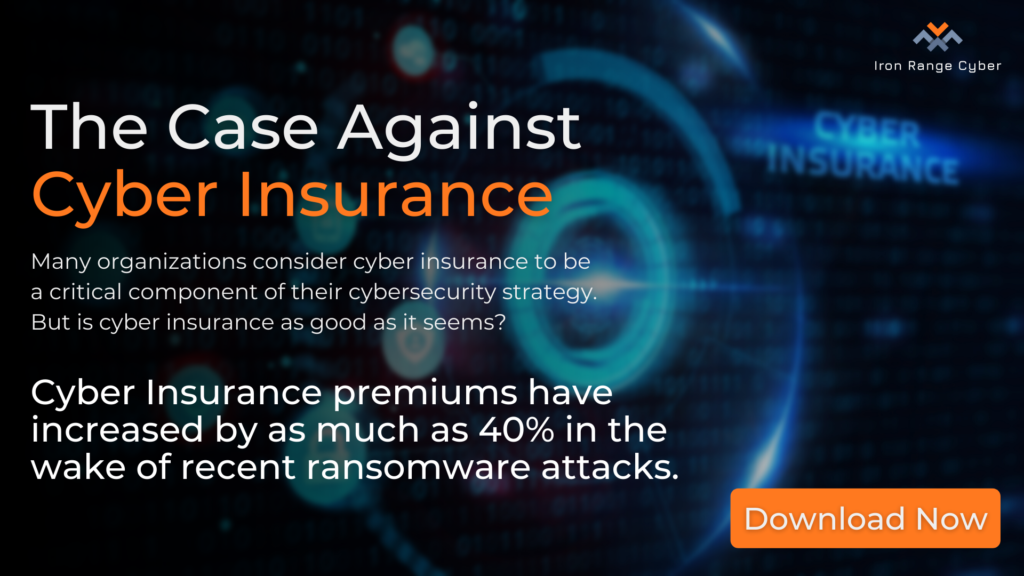Letting employees remotely access the company’s details may lead to cybersecurity risks and potentially damage the business. Prior to the pandemic, people mostly worked in an office where the IT Security team was responsible for a hub-and-spoke model. It meant video meetings, emails, document management, and instant messaging were directed through a single security point within the office premises.
However, the pandemic has changed the work situation. Employees are now working remotely on their devices, resulting in an increase in cyber attacks.
Digital Response to the COVID-19 Pandemic
As the pandemic swept across the world, many organizations transitioned to a remote workforce. Companies are also focusing on serving customers through digital channels, which has led to a rapid surge in digital capabilities, services, and products. Cybersecurity teams had to take on a dual mission to support business continuity and protect the organization along with its customers.
This digital response to the pandemic crisis has led to new cybersecurity risks and vulnerabilities. Attackers are looking to exploit the gaps that open up when telecommuting employees use insecure networks and devices.
Since remote work became more common, the average cost of a data breach rose significantly by $137,000. You will be surprised to know that in April 2020, Google had to block more than 18 million phishing emails and malware every single day corresponding to Covid-19. 81% of the cyber security professionals in the United States feel that their day-to-day work has changed significantly during the Covid-19 pandemic. Companies that are using digital channels due to the pandemic crisis are likely to continue doing so.
Cybersecurity teams and chief information security officers have to approach the next horizon of business with a dual mindset. They have to address the new risk arising from the shift to a remote working environment, securing the needed technology. Also, they have to anticipate trends in how the supply chain, customer, and channel partners work together.
The pandemic response underscored the crucial role cyber security plays when it comes to enabling remote operations. As organizations restructure their processes amid the COVID-19 pandemic response, cybersecurity teams are being perceived anew. They should be taken as a strategic partner in business and technology decision-making.
Most Common Remote-Work-Related Cyber Attacks
Experts warn that remote work cyber attacks are likely to become more prevalent. So, businesses cannot underestimate the hidden impact the pandemic has had on cybersecurity risks and its vulnerability.
Let’s take a look at some of the most common cyber attacks that remote workers might be vulnerable to.
Phishing emails
Employees working remotely can be the largest threat to the security of your network. If they unknowingly follow poor cyber security practices, they might end up giving cybercriminals and hackers access to the network and sensitive data of the company.
As businesses are relying on remote work nowadays, there are plenty of challenges as to how they continue working securely. One of the top cyber threats, in this case, is phishing emails. In this cyber threat, the hacker will send an email to trick the victim to login to a malicious website that looks exactly similar to the original website by offering a free coupon, claiming that your bank account has a problem, or attaching a fake link to register for a government refund.
Once the victim enters the required information, the attacker uses it to hack into an account and carry out identity fraud or steal more sensitive information. The phishing emails may look like from a person or organization you trust. IT may be from a social media site, credit card company, streaming app, bank, and more. The image below shows what a phishing email looks like.
Password Theft
Even when an organization uses firewalls, VPNs, and other cybersecurity software for protecting remote work, human error might come into play when employees safeguard the account using weak passwords.
Hackers can exploit human error to get past sophisticated security software. This is the reason they will try to crack the account passwords for accessing sensitive details. You won’t believe it, but 23 million people still use the password 123456.
Cybercriminals use different measures for cracking passwords. Often, the hackers design codes to crack a password by trying out various variants. Repeat password is another insecure practice that hackers try to exploit. As soon as the hackers crack the password to an account, they will try accessing other accounts with the same password. Employees repeating their passwords on various applications are at a higher risk of having their accounts hacked.
File Sharing
While companies might think of encrypting data that is stored on the corporate network, they might not consider encrypting data when it is in transit from one location to the other. Your employees share or remotely access sensitive details on a regular basis that the company is unable to secure from being intercepted by a hacker.
In case sensitive company details are intercepted, it might lead to cybersecurity risks like identity fraud, theft, ransomware attacks, and more.
Personal Devices
When employees work remotely, it is not possible to use VoIP phones and office printers. It means that they might resort to using personal devices, such as home printers or smartphones for their work.
Users don’t encrypt their personal devices. Nevertheless, if work is conducted on personal cell phones, such as logins or phone calls to business accounts, this may cause data breaches.
Some businesses provide their employees with work computers to remotely access the files and information. However, others allow remote employees to work on personal computers. Remote working policies have been made to improve workplace culture. It makes business operations more flexible. These policies might leave company data at risk.
Home Wi-Fi
While companies generally think about securing the laptops of remote employees, many don’t consider the Wi-Fi networks that their employees are using at home. It might be posing a risk for their company data if it is not secure.
Many people might update their antivirus or smartphone software. But many tend to overlook the updates of home router software. This can lead to network security gaps.
How Can Businesses Handle These Cybersecurity Threats?
Remote accessing might be putting your company at risk. Working from home leads to many negative consequences, such as data breaches and identity fraud. Here are a few tips that will help you to handle a cybersecurity threat in an efficient manner.
- Train employees on how to detect phishing emails and avoid them. This will largely reduce the risk of phishing emails and other cyber threats. Implementing a cyber-security awareness training program will help mitigate risks from the moment a new employee walks in the door.
- Password policies help create a culture of personal responsibility in an organization. Restriction on using repeat passwords or personal details for account logins should be included in password policy clauses. Cybersecurity experts say that passphrases containing stringing together some random words or numbers are the best password. The longer the password (12 characters or more), the more difficult it is to crack. Also have a multi-factor authentication system to remotely access the office information.
- Sensitive data has to be encrypted when it is being sent using personal devices. Organizations can ask their remote accessing employees to use email encryption platforms for securing email data, contact lists, and attachments. The right cyber security system can help in encrypting all the information over a cloud-based platform. It is also possible to encrypt data using a secure file-sharing platform. Businesses can also consider having a business VPN to encrypt the data and securely connect to an internal network while working online.
- Periodically update the router’s software with the latest updates. This ensures that existing security gaps are patched quickly. Moreover, check if the router has an encryption feature. In case your company has the budget, you need to consider offering each employee a firewall for securing their home Wi-Fi.
- It is better to ask your employees to refrain from using personal devices for business purposes unless they are encrypting their devices. But if they are using it, ask them to use some stringent methods, such as a strong passcode to remotely access the information they need.
Bottom Line
In a recent survey, organizations reported that at least 50% of their staff are working remotely, and 86% say this will continue even after the pandemic is over. Now is the time for companies to explore technologies for reducing long-term cybersecurity risks. They should urgently take steps if they have not already.
The heightened risk of remote work-related cyber attacks is more likely to become the new normal in corporate networks, and companies need to be prepared.





